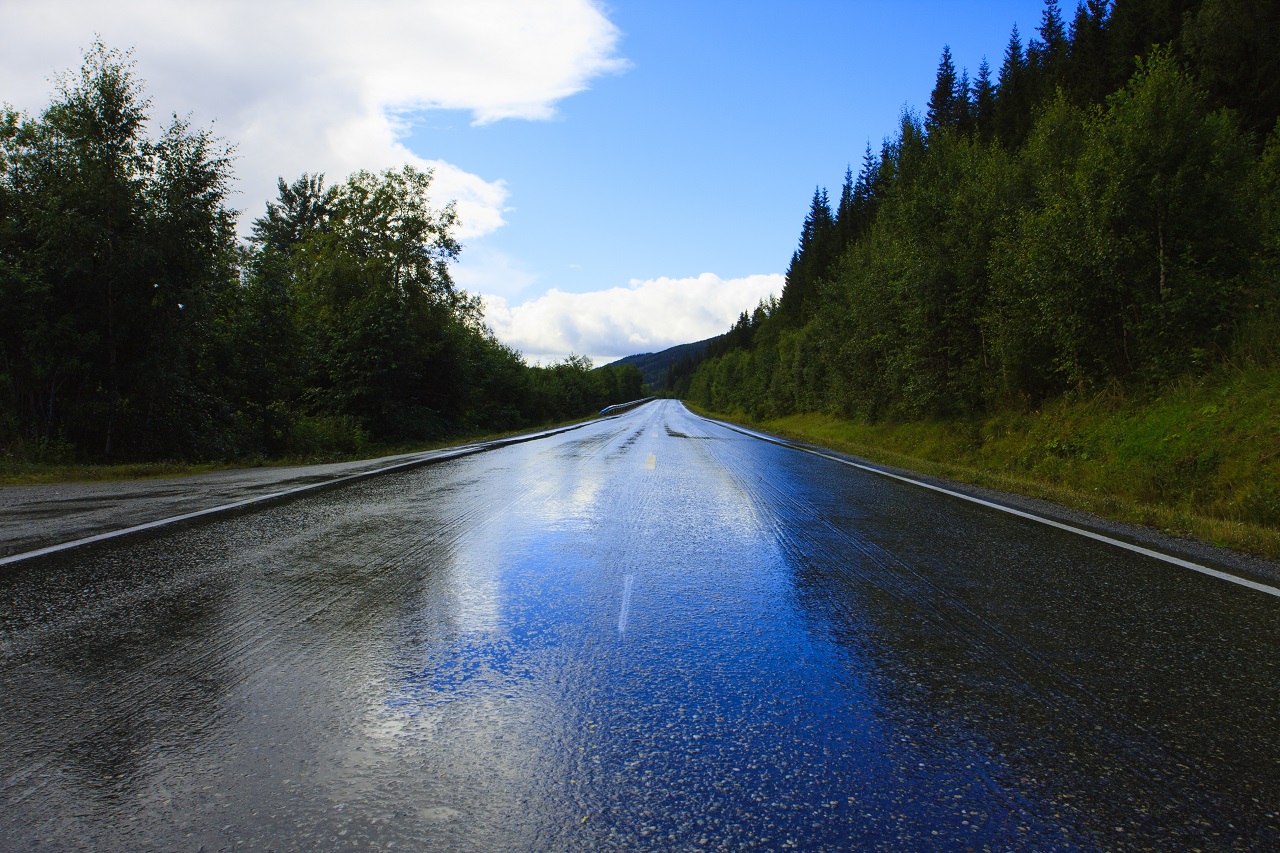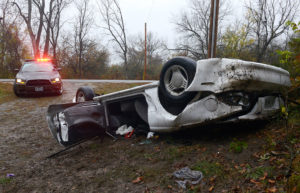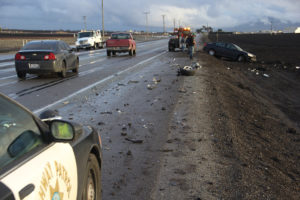After several weeks of unbearably hot and dry summer, you find yourself having a perfectly warm summer day. It isn’t too hot so you decide to take your vehicle out for a drive. All of a sudden rain starts pouring and the road suddenly becomes extremely slippery.
Different weather conditions can make driving a car more dangerous. One of the most dangerous is the first rain after a dry spell in summer. The road looks shinier and then it suddenly feels slick and slippery. Why does rain become slick and slippery with summer rain?
The Slippery Road Due To Summer Rains
The roads are usually exposed to various residues due to car fluids. They can also be exposed to oil or rubber from the vehicles. During the summer, these could build up especially after days or weeks without rain. Add to the residue by cars is the asphalt bitumen that is also used to pave the roads.
As the first 15 minutes of the first rain in weeks fall, it makes the road slick and hazardous to drive. This is because the residue coats the top layer of the road. With a little bit of rain, it creates a very slippery surface. The good news is that it doesn’t last for a long time because as more rain falls, the residue is completely washed away.
We all know that oil and water don’t mix. When the oil from the residue on the road floats on top of the rainwater on the road, it becomes slippery. That layer may also be caused by asphalt bitumen that could seep out of the road. Eventually, as the rain falls, puddling occurs. As a result, hydroplaning of cars could happen.
What Is Hydroplaning?
When a car’s tires slide or skid over the wet road, it is called hydroplaning. This happens when there is more water than the car tires can spread out. Due to the thin film above the water, the tire loses traction and you can feel that because it feels like you’ve lost control over your vehicle.
The tires of cars are created with treads or grooves that help channel water to create friction against the road surface. This could help lessen the risk of hydroplaning. However, if your treads are already worn out, that could be more dangerous.
According to research, 10-15 minutes of rain is considered the most dangerous time and is when hydroplaning is most likely to happen. This chance is increased if the vehicle is moving at speeds that exceed 35 miles per hour.
Avoid Hydroplaning
Hydroplaning is dangerous. When you find it difficult to control your vehicle, you could end up in a crash. Here are some tips on how to avoid hydroplaning:
Keep Your Tires In Good Condition
Checking your tire treads should be regularly done. This does not only prevent you from having a flat tire but it also prevents hydroplaning. Your tires should be well-maintained not only during winter but all year round. The pressure on the tires should also be optimal and it should be regularly rotated or replaced as needed.
Slow Down
Your car is more difficult to control at fast speeds. Plus, driving at fast speeds gives you less time to react, figure out what to do, and do it properly. When it is about to rain or is already raining, it would really be best to slow down. You might not be the one whose car is hydroplaning but at slower speeds, you can better avoid colliding with them.
Avoid Standing Water
Another way to avoid hydroplaning is to simply avoid the puddles or standing water. Also, it would be best to avoid the outer lanes or the edges of the road where you’d find water to be accumulated.
If you found yourself in a crash due to hydroplaning in St. Louis, it is better to call Reliable Guys Towing. With the flatbed towing service, you can bring the car to the shop to have it checked and repaired. Don’t risk driving the car when it has crashed. Instead, call for help…




